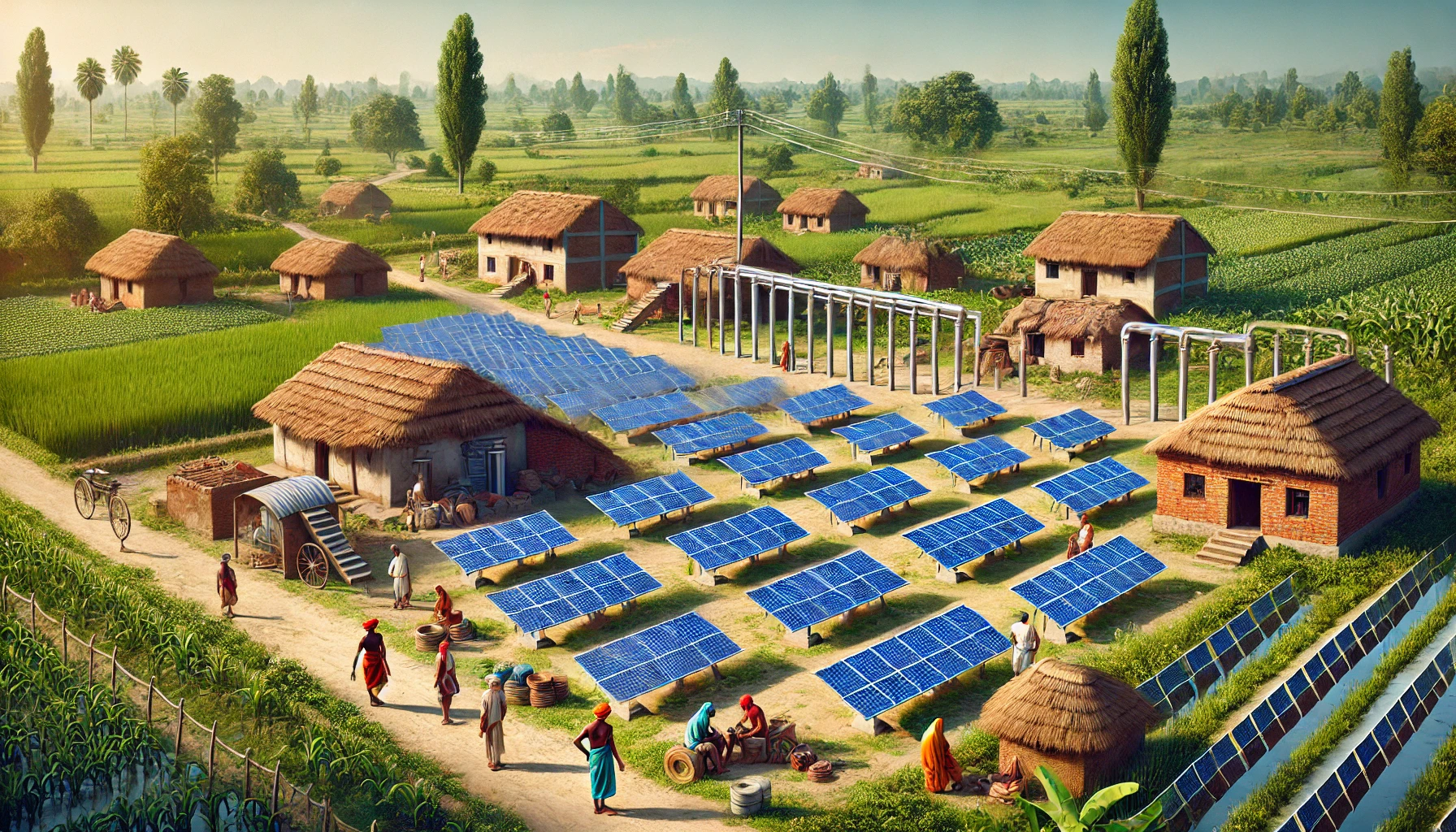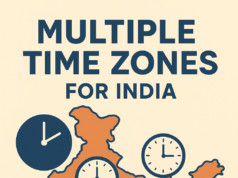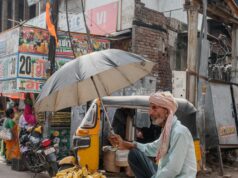Despite India’s economic rise and development, inequality still persists throughout the nation. Most notably, in the energy sector, where the trope of rural areas, where a large proportion of the population still lives, lacking independent, consistent power and connectivity with the larger grid, is ubiquitous. Government freebies attempt to solve these concerns by means of subsidies or limited free units of electricity. However, these programs run the risk of administrative inefficiency, maintaining citizens as clients of the state, and a large fiscal burden. While a substantial proportion of modern Indian policy centres around the propagation of such freebies, their unavailing nature prompts a look in the other direction: decentralisation.
One promising solution lies in the implementation of solar microfarms. This entails unused space in villages transformed into collectively owned solar panel arrays. By harnessing solar energy on a small, community-focused scale, we can address key issues and create a sustainable model for rural electrification.
Solar power is the logical choice to both develop economic independence and foster renewable energy use. India has no shortage of the Sun; it has the potential to be the most widely accessible energy source, along with its nature of low barrier to access and maintenance. Most of all, solar power more than plays its part in the reduction of greenhouse gas propagation and air pollution, with UN estimates placing PV solar power plants nearly 16x more CO2 emission-effective than a standard gas-fired power plant.
The decentralisation experiment is not a new phenomenon by any means; one needs to look no further than the Development of Women and Children in Rural Areas (DWCRA) for exemplary community ownership of economic development. Under this scheme, self-help groups of women were formed with the intention to support their communities through income-generating activities. With funding and advice provided by the government, women were able to collaborate on developing valuable skills relevant to their local needs while self-designing infrastructural and vocational opportunities. This grassroots approach not only enhanced economic independence but also fostered community participation and decision-making.
This success has been reflected in the private sector as well, with Amul, the world’s largest dairy cooperative, decentralising authority and the supply chain to devolve power to local producers. Amul’s organisational structure utilises a federal cooperative model, where each structural unit from the village society level upwards operates independently. This allows each unit to take actions best suited to their local conditions and needs. When Amul turns profits, they are in turn redirected to the farmer, making producers the stakeholders. This allows local societies to reinvest their funds into necessary infrastructure and technology, further looping back into increased production and profit. Furthermore, the firm’s board of directors are dairy farmers themselves serving as elected representatives. They have an inherent share in the well-being of the company, and know how to best support their farmer base.
Similarly, decentralising energy through solar microfarms can replicate this model by empowering local communities to generate and manage their own energy needs. At the panchayat level, villages will pool their funds to develop solar farms to provide energy for their village. The government will provide the know-how and means to develop the infrastructure on behalf of the panchayat.
Just like Amul, the beauty of the decentralised energy system is the co-operative ownership. With the village constituents being direct stakeholders of the energy generated, they are entitled to the fruits of their labour, receiving power at will. Local employment is created through the development and maintenance of the infrastructure.
Furthermore, by connecting these independent rural grids to the larger power grid, an open market system of two-way electricity transfer can be initiated. This would allow local cooperative power grids and the main grid to buy and sell electricity units to one another, as opposed to a typical closed system where energy solely flows from the central infrastructure outwards and money flows back in. Local bodies are incentivised to maximise development and production on their solar fields to sell their surplus units back to the main grid, generating community funds for reinvestment or distribution. On rainy days, both figuratively and literally, villages can lean on the larger power grid for their needs.
The pressing energy and environmental challenges faced by India demand innovative and sustainable solutions. Decentralisation provides a means to change the resource power dynamic to one of the populace having freedom from the chains of economic dependence. Cooperative energy infrastructure has the potential to create a more connected Indian economy that can also care for itself till the smallest administrative unit. As the nation seeks to consolidate its growth from the largest megalopolis to the smallest village, embracing decentralised solar energy solutions can pave the way for a more equitable, prosperous, and sustainable future.
Post Disclaimer
The opinions expressed in this essay are those of the authors. They do not purport to reflect the opinions or views of CCS.





